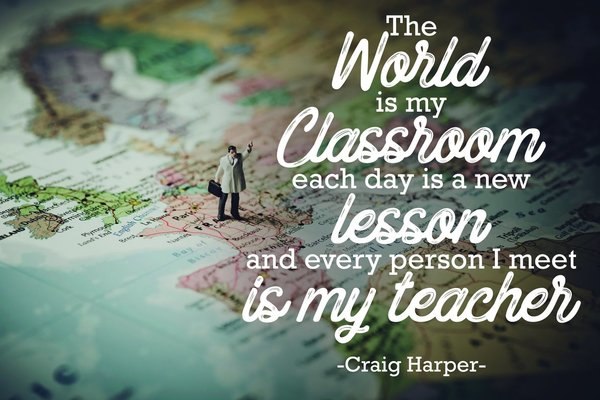
I don’t assign homework. There are a million reasons why.
We work really hard all day.
Students need balanced lives.
Students shouldn’t need to learn new academic skills at home.
Students shouldn’t be practicing insecure skills without guidance.
Students shouldn’t spend a bunch of time outside school doing things they already know how to do.
Homework often penalizes kids whose parents are not able to support them with it.
Research doesn’t support its efficacy.
I also do not have students fill out reading logs or do timed minutes of reading. Alfie Kohn makes the most pointed, articulate case for why I don’t in “How to Create Nonreaders,” which, in my opinion, should be required reading for every teacher. My decision to follow this advice was cemented by a respected colleague’s confession that she spent Sunday evenings filling out her children’s reading logs in different colored pens and handwriting.
Instead, I try to build a culture of learning and (in particular) reading. I am constantly cultivating an exciting classroom library that all my students have access to and can borrow from. I book talk tons of books. I read and get excited about my reading. I encourage students to think deeply and talk widely about their reading. I point out how essential reading is. I give them loads of time to read and as much choice as my wallet will allow.
I tell them that learning does not just occur in school and reading shouldn’t either. I tell them that they should read every single day outside of school. I point out that some of them already do this, and that others still need to build the habit. We talk about how to change habits: through making a plan and setting a routine.
Make a Reading Plan
In the first days of school each year, I print off a copy of the Reading Plan template, hand-write in my own reading plan in the teacher column, and then make copies for each student. My plan serves as an example and shows my own reading habits. This plan is designed to walk students through the specifics of their own reading plan and visualizing how to make it practical for them. For those students who are already regular readers at home, it simply serves as a description of their existing reading habits. There is also a column for another family member to brainstorm with them and make a reading plan–the goal of this is to increase family buy-in and support for regular reading at home.
I usually give students about a week to turn in their reading plan; then I make a photo copy of it (usually on brightly colored paper), send it home, and ask them to hang it on their fridge or someplace easily visible as a reminder. I keep the original and pull it out for student conferences, parent meetings, or if I’m concerned that students aren’t reading at home, and ask if we need to revise the plan. Make a new one or adapt the old one as often as needed!
At the end of every school day, I dismiss each child to line up by asking what they are reading at home that night. This allows me to informally monitor each child’s reported reading: Do they not have an answer? Grab a book before you go. Have they been reading the same book for weeks? Tomorrow we’ll be chatting about how it’s going and making sure it’s not too difficult or that they aren’t deeply engaged enough to be building reading stamina. Do they say they’re reading a different chapter book every night? Tomorrow we’ll touch base and have a conference about sticking with a book and find one that works for them.
These structures and routines build responsibility and accountability for developing strong reading habits and give me lots of information about each child as a reader, without turning reading into an external task.
Homework Bingo Template
Several years ago, a dramatic windstorm left largely Columbus without power for days, just a few weeks after school started. We ended up missing nearly a week of school in September, with beautiful blue skies, perfect weather, and long sunny days. When we returned to school, the mother of one of my students stopped me with teary eyes: “That was the best four days I can remember. We read and played games and talked for hours.”
Our usual world is so busy that we often forget to calendarize the most important things: time with each other and time to learn and explore our world. I know that my own life can become really frantic, with a full calendar of events and activities to check off the list and the constant feeling of running on the hamster wheel. I often see a similar pattern in the lives of my students and their families.
I’m hoping to encourage the families of my students to make time for these important things by trying something new this year–optional Homework Bingo. This bingo card of 25 learning ideas to try at home includes real life learning and family time options, as well as free family field trip ideas. (Note: if you want to use this task but you do not live in the Columbus area, you’ll want to change the two local field trip options). This obviously isn’t required, but will hopefully inspire kids and their families to carve out time together to learn new things in the midst of their busy lives. My plan is to create a new one for each trimester with new ideas and experiences.
